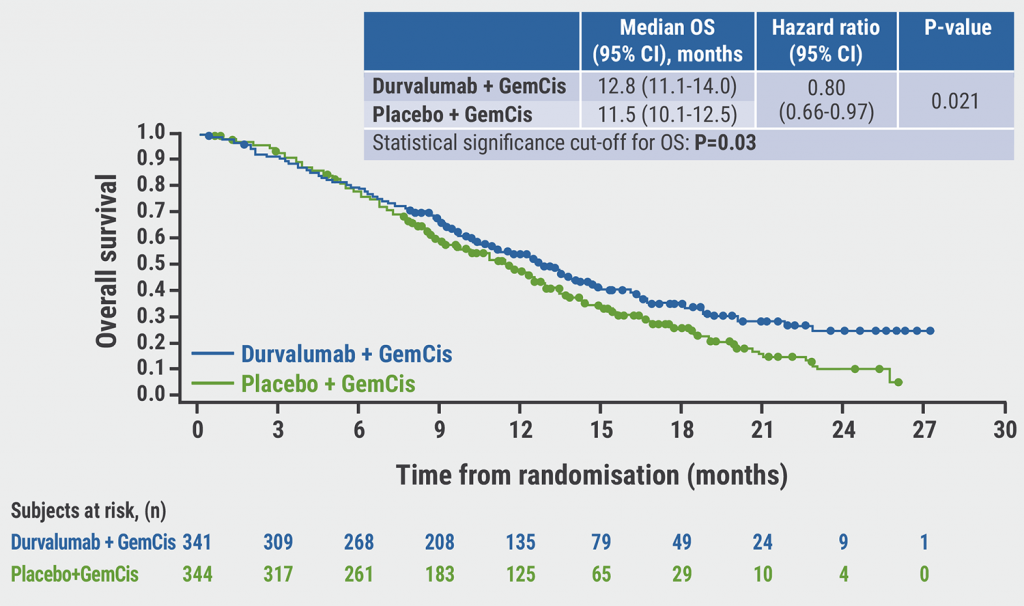“The treatment of oesophageal adenocarcinoma (OAC) and squamous cell carcinoma (SCC) require different approaches,” said Dr Vani Konda (Baylor University Medical Center, TX, USA). “In both types of cancer, visible lesions need to be investigated by endoscopic resection to establish an accurate histopathologic diagnosis.”
Endoscopic eradication therapy is the standard treatment option for high-grade dysplasia or intramucosal carcinoma in Barrett’s oesophagus. “EMR can eradicate 96.6% or more of the neoplastic tissue,” said Dr Konda. “However, complications (perforation in 2%; stricture in 37%) can occur during this procedure. If a hybrid therapy is used (i.e. EMR + radiofrequency ablation), the eradication rate is 93.4%, but complications are less common (perforation in 0.2%; stricture in 10.2%).”
“In OAC, the risk of lymph node metastasis is <2% if it concerns intramucosal carcinoma but may be 20% or higher when the tumour has infiltrated the submucosa. Nonetheless, patients with low-risk submucosal cancer fare well on EMR. Only when the patient has a medium-risk or high-risk submucosal cancer, or large or non-lifting lesions, ESD may deliver a better outcome than EMR. Although most patients can be treated with follow-up ablation, patients with high-risk features, such as lymph node metastasis, vascular or neural invasion, high-risk submucosal cancer, or positive vertical margins may require oesophagectomy.”
The aggressiveness of SCC requires a different approach, said Dr Konda. “In SCC, the risk of lymph node metastasis or neural or vascular invasion is significantly larger than in OAC. Therefore, ESD is warranted for high-grade squamous dysplasia and superficial cancers of this type. Circumferential ESD may be used when extensive superficial lesions are present, but the risk for stricture is profound. In addition, small lesions (<15 mm) may be treated with EMR. Again, patients with high-risk features may need oesophagectomy.” Finally, Dr Konda argued that patient and disease characteristics as well as the available expertise need to be considered in the decision-making process. We can conclude that the decision needs to be discussed in multidisciplinary team at an expertise centre.
- Konda V, et al. Endoscopic Submucosal Dissection Versus Endoscopic Mucosal Resection for Early-Stage Esophageal Cancer. Controversial Issues in Localized Gastroesophageal Cancer, ASCO GI 2022, 20–22 January.
Copyright ©2022 Medicom Medical Publishers
Posted on
Previous Article
« Pre-operative chemoradiation versus peri-operative chemotherapy for oesophageal cancer Next Article
Head-to-head: Etoposide and irinotecan equally effective in neuroendocrine carcinoma »
« Pre-operative chemoradiation versus peri-operative chemotherapy for oesophageal cancer Next Article
Head-to-head: Etoposide and irinotecan equally effective in neuroendocrine carcinoma »
© 2024 Medicom Medical Publishers. All rights reserved. Terms and Conditions | Privacy Policy


